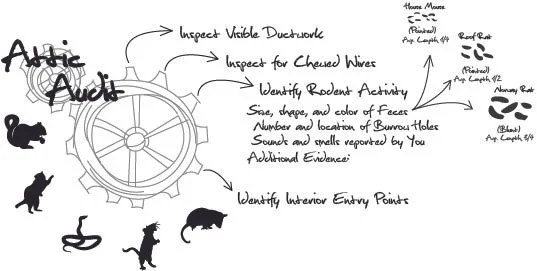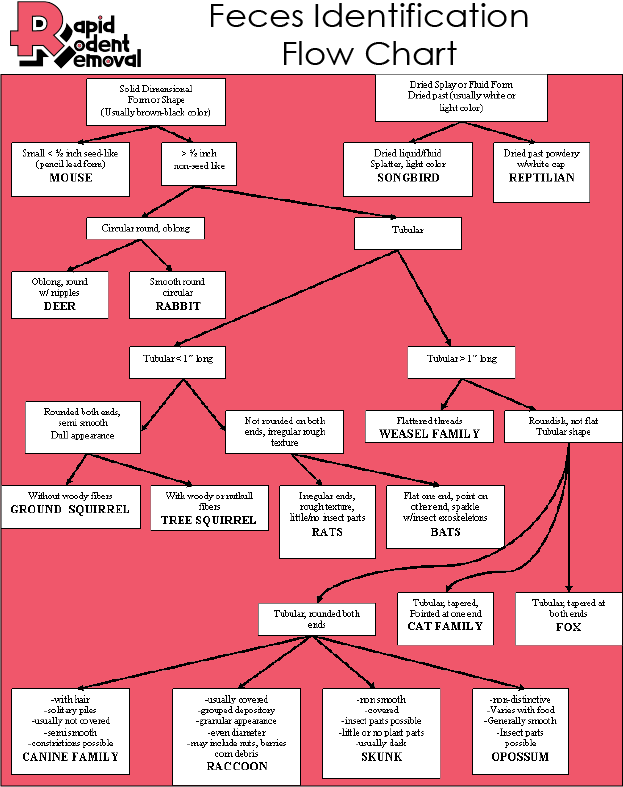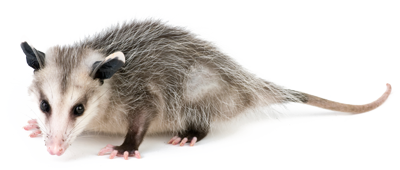RACCOON TRACKS
RACCOON TRACKS Photo: Terry Kem and Illustrations: Dan Goodman
RACCOON TRACKS: A COMPLETE GUIDE TO IDENTIFYING RACCOON FOOTPRINTS
RACCOON TRACKS llustrated by: Lynn Hawkinson Smith
What Do Raccoon Tracks Look Like?
Raccoon tracks are among the most distinct and recognizable animal footprints found in North America. With their five long toes on both the front and hind feet, raccoon prints often resemble tiny human hands. The front paw typically measures 2 to 3 inches in length, while the rear paw is slightly longer, usually around 3 to 4 inches.
Each track shows five toes with visible claw marks. Raccoons do not retract their claws, so they often leave clear sharp imprints in soft substrates like mud, snow, or sand. The heel pad on the hind foot is elongated and bears a striking resemblance to a human foot, contributing further to the illusion of miniature human prints.
Understanding the Gait: How Raccoons Walk
Raccoons use a paced or overstep walking gait, meaning the hind foot steps into or just ahead of where the front foot was placed. This results in a distinctive track pattern known as the "2x2 gait," which often shows four clear prints: two front and two hind, arranged diagonally.
This gait is more pronounced when raccoons move slowly. When running, the tracks may become more erratic and spaced further apart. The stride length (distance between steps) averages between 10 to 18 inches, depending on the raccoon's speed.
Best Surfaces for Spotting Raccoon Tracks
To successfully identify raccoon tracks, search in moist environments where imprints are likely to be preserved. Common places include:
Riverbanks
Creek beds
Mudflats
Snow-covered trails
Backyard gardens after rain
Urban areas also offer plenty of tracking opportunities. Look for tracks around trash cans, compost bins, or attics, especially if you suspect raccoon activity around your property.
How to Differentiate Raccoon Tracks from Similar Animals
Raccoon tracks can be confused with those of opossums, skunks, or even cats. However, a few key distinctions make raccoon footprints unique:
Opossum tracks: Also have five toes but feature a thumb-like toe on the hind foot that points out at an angle. Their tracks look more splayed.
Skunk tracks: Generally smaller, with shorter toes and less hand-like appearance. Skunks also drag their claws, leaving trailing marks.
Cat tracks: Unlike raccoons, cats do not show claw marks because their claws retract. Their pads are more rounded and compact.
The human-like structure of raccoon tracks—especially when visible in a line—makes them stand out from nearly all other North American mammals.
Seasonal Visibility of Raccoon Tracks
The ability to see and follow raccoon tracks varies by season:
Winter: Snow provides a perfect canvas for tracking. Raccoon prints in snow show clearly defined toes and gait.
Spring and Fall: Wet soil and mud retain crisp impressions. These seasons are ideal for tracking near water sources.
Summer: Dry ground makes tracking more difficult, but raccoons are still active—especially at night. Look near garden beds and garbage bins for subtle evidence.
Raccoon Behavior Revealed Through Tracks
Raccoon tracks can tell a compelling story. They reveal not just movement, but also behavior patterns:
Circular patterns may indicate foraging activity.
Straight paths suggest travel routes to dens or feeding spots.
Tracks near water often lead to evidence of fishing or washing behavior, a known raccoon habit.
In snowy environments, track patterns can help determine whether a raccoon is denning nearby. Repeated trails to and from a specific location often indicate the entrance to a den, especially in attics, basements, or hollow trees.
Tips for Photographing and Casting Raccoon Tracks
For researchers or enthusiasts, preserving raccoon tracks can be educational and useful.
To photograph raccoon tracks:
Use a ruler or coin for scale.
Capture images from multiple angles, especially top-down.
Photograph in early morning or late afternoon light for better shadow contrast.
To make a plaster cast:
Mix plaster of Paris to a creamy consistency.
Carefully pour around the track, not directly onto it.
Let it set for 30 minutes.
Gently lift and clean once hardened.
Plaster casts help with long-term identification, especially if you're comparing tracks over time or documenting wildlife activity.
Why Homeowners Should Recognize Raccoon Tracks
Identifying raccoon tracks can serve as a crucial early warning for homeowners. These animals are notorious for property damage, particularly:
Ripping open roof vents or soffits
Tearing insulation in attics
Tipping over trash cans
Raiding bird feeders and compost piles
Spotting tracks early allows for preventive action, such as sealing entry points, using raccoon-proof bins, and consulting professional wildlife removal services.
Common Locations to Check for Raccoon Tracks on Your Property
Garage floors (dust reveals prints easily)
Under decks and porches
Garden beds and flowerpots
Driveways after rain
Attic insulation (check for prints or droppings)
If tracks are repeatedly found in the same area, it's likely you're dealing with a resident raccoon rather than a transient visitor.
Using Tracks as Part of a Wildlife Monitoring Strategy
Homeowners, wildlife biologists, and urban planners increasingly use raccoon tracks as part of broader wildlife surveillance efforts. Combined with trail cameras, scat identification, and nesting observations, track analysis provides valuable insight into raccoon activity without the need for direct observation.
In particular, footprint documentation can help:
Identify population sizes
Determine territorial boundaries
Analyze behavioral shifts in urban environments
Protecting Your Property Once Tracks Are Spotted
Once raccoon tracks are confirmed, take action to deter further intrusion:
Install motion-activated lights or sprinklers
Use ammonia-soaked rags or predator urine near den entry points
Secure pet food and bird seed indoors
Hire licensed wildlife removal experts if necessary
Timely intervention not only protects your property but also minimizes the chance of disease transmission through raccoon feces or saliva.
All About Animals …
Suspendisse nec congue purus. Aenean eu justo sed elit dignissim aliquam. Suspendisse nec congue purus. Class aptent taciti sociosqu ad litora torquent per conubia nostra, per inceptos himenaeos.
RATS
SQUIRRELS
RACCOONS
OPOSSUMS
SNAKES
BATS
WILDLIFE REMOVAL
articles:
What does a rat nest look like ?
What is a Squirrel King











